I have a datasheet that calls for "a 15 pF capacitor with Self-Resonant Frequency in the 1800/1900 MHz range". It then recommends a capacitor (Murata GRM1555C1H150J) that (so far as I can tell) from the datasheet doesn't specify it's SRF.
I'd like to use a different, slightly larger SMT capacitor, but I understand this may lower (or just change) the SRF.
Mouser's part search engine doesn't include an SRF parameter. Is there some way to obtain capacitors with a specific SRF? Can the SRF be reliably derived in some way? Or does this property have to be measured?
